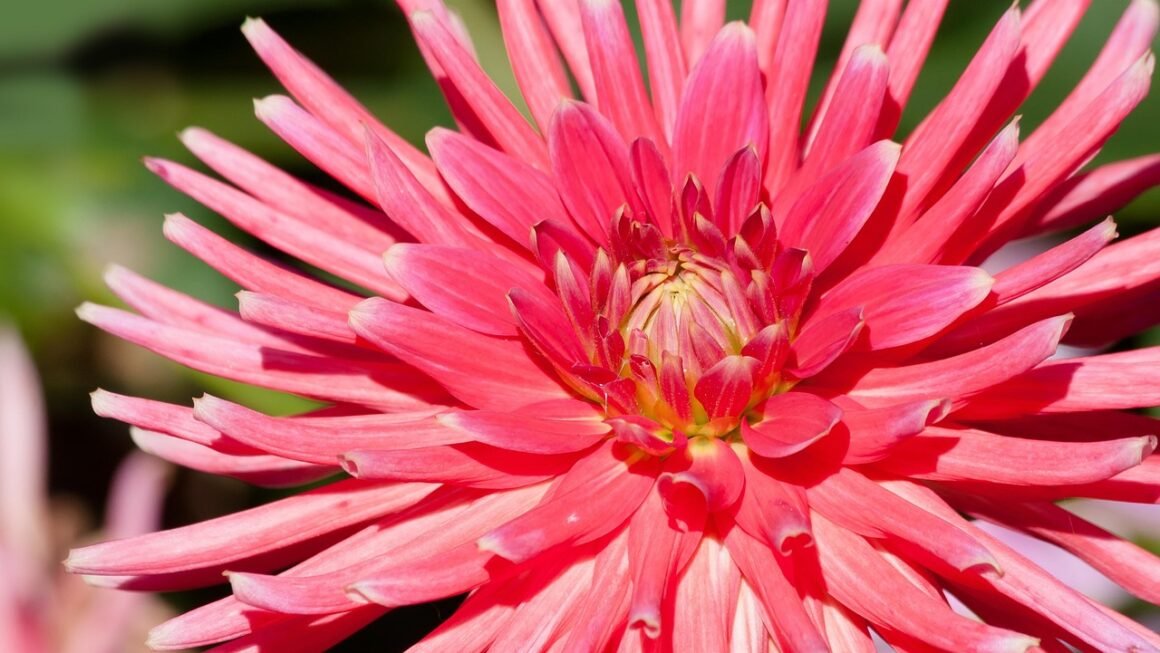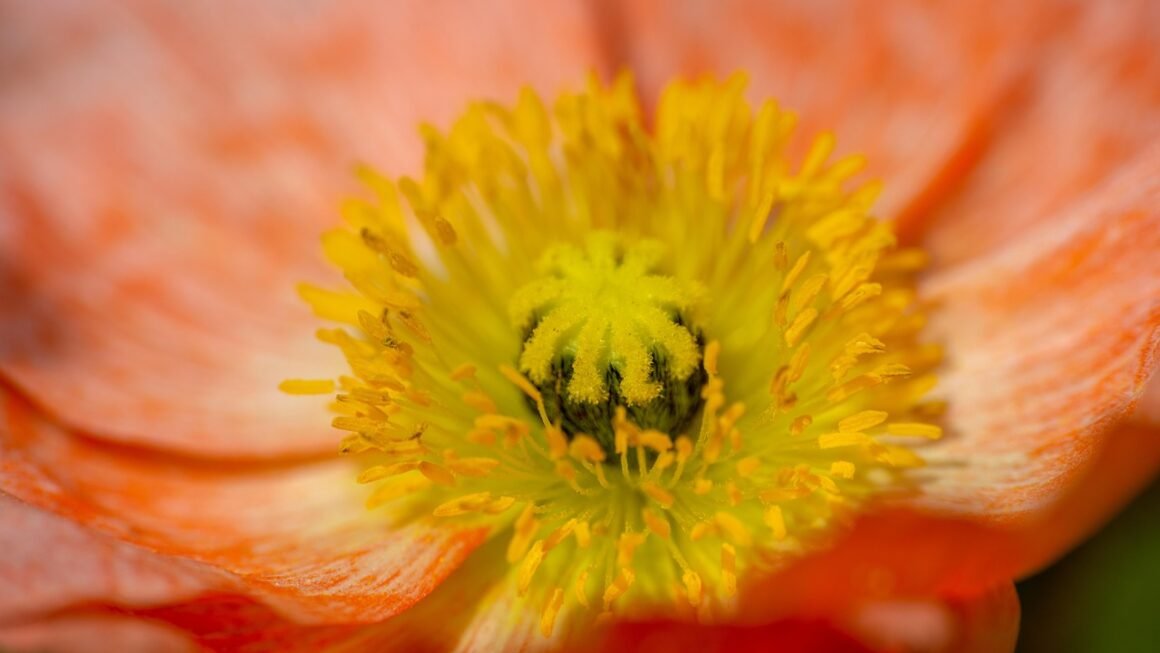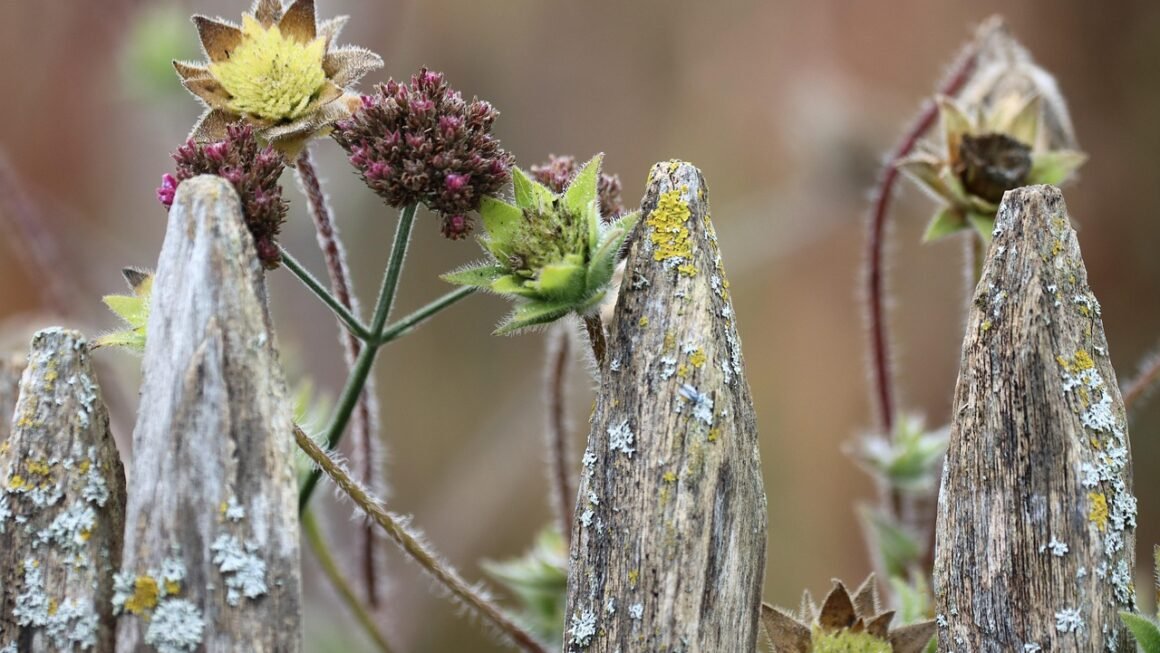Imagine a world where you could know exactly when your plants need water, optimizing growth and minimizing waste. This is the reality that soil moisture sensors bring to gardens, farms, and even indoor potted plants. By accurately measuring the volumetric water content in soil, these devices empower you to make informed decisions, leading to healthier plants and a more sustainable environment. This blog post will delve into the fascinating world of soil moisture sensors, exploring their types, benefits, and applications.
Understanding Soil Moisture Sensors
What are Soil Moisture Sensors?
Soil moisture sensors are electronic devices designed to measure the amount of water present in the soil. They provide valuable data for irrigation management, environmental monitoring, and various agricultural and horticultural applications. These sensors translate the soil’s water content into an electrical signal, which can then be read by a microcontroller or displayed on a meter. The measurements are typically expressed as volumetric water content (VWC), which represents the percentage of water in a given volume of soil.
Different Types of Soil Moisture Sensors
Several types of soil moisture sensors are available, each with its own advantages and disadvantages:
- Capacitive Sensors: These sensors measure the dielectric constant of the soil, which is directly related to its water content. They are known for their accuracy, low power consumption, and minimal soil disturbance.
Example: A capacitive sensor can be used in a home gardening system to automatically trigger watering when the soil moisture drops below a certain threshold.
- Resistive Sensors: Resistive sensors measure the electrical resistance between two electrodes in the soil. Higher water content results in lower resistance. These sensors are generally less expensive than capacitive sensors but can be more susceptible to corrosion and require frequent calibration.
Example: A farmer might use resistive sensors across a large field to identify areas that are consistently drier and require more targeted irrigation.
- Tensiometers: These sensors measure the soil water tension, which indicates the energy plants must expend to extract water from the soil. Tensiometers are particularly useful for understanding plant water availability.
Example: A vineyard owner could use tensiometers to monitor the water stress of grapevines and adjust irrigation to optimize fruit quality.
- Time-Domain Reflectometry (TDR) Sensors: TDR sensors transmit an electromagnetic pulse through the soil and measure the time it takes for the pulse to be reflected back. This travel time is related to the soil’s dielectric constant and, consequently, its water content. TDR sensors are highly accurate but also more expensive than other types.
Example: Research institutions often use TDR sensors for precise soil moisture measurements in experimental plots.
Benefits of Using Soil Moisture Sensors
Optimized Irrigation
Soil moisture sensors enable precise irrigation, delivering water only when and where it’s needed. This approach offers several benefits:
- Reduced Water Waste: Avoid overwatering by providing only the necessary amount of water, conserving a valuable resource. According to the EPA, household leaks can waste nearly 1 trillion gallons of water annually nationwide.
- Improved Plant Health: Overwatering can lead to root rot and other diseases. Soil moisture sensors help maintain optimal soil moisture levels for healthy plant growth.
- Lower Water Bills: By reducing water consumption, you can significantly lower your water bills. Studies have shown that efficient irrigation systems can reduce water use by up to 50%.
Enhanced Crop Yields
Maintaining optimal soil moisture levels is crucial for maximizing crop yields. Soil moisture sensors help farmers achieve this by providing real-time data on soil conditions:
- Increased Productivity: Properly hydrated plants can photosynthesize more effectively, leading to higher yields.
- Improved Crop Quality: Consistent moisture levels contribute to uniform crop development and improved quality.
- Reduced Fertilizer Runoff: By preventing overwatering, you can minimize fertilizer runoff, protecting water sources and reducing environmental impact.
Water Conservation
In a world facing increasing water scarcity, soil moisture sensors play a crucial role in water conservation:
- Sustainable Agriculture: Soil moisture sensors promote sustainable agricultural practices by minimizing water waste and maximizing resource efficiency.
- Environmental Protection: Reducing water runoff protects rivers, lakes, and other water bodies from pollution.
- Resource Management: By providing accurate data on soil moisture levels, these sensors help optimize water resource management at local and regional levels.
Applications of Soil Moisture Sensors
Agriculture
Soil moisture sensors are widely used in agriculture for irrigation management, crop monitoring, and yield optimization. They are crucial for:
- Precision Irrigation: Delivering water precisely where and when it’s needed, maximizing water use efficiency.
- Crop Stress Monitoring: Identifying water stress early on, allowing for timely intervention and preventing yield losses.
- Variable Rate Irrigation: Tailoring irrigation to the specific needs of different zones within a field, based on soil type, topography, and crop requirements.
Horticulture
In horticulture, soil moisture sensors are used to maintain optimal growing conditions for ornamental plants, vegetables, and fruits:
- Greenhouse Management: Automating irrigation and controlling humidity levels in greenhouses.
- Nursery Operations: Optimizing watering schedules for seedlings and potted plants.
- Home Gardening: Helping hobby gardeners maintain healthy plants and conserve water in their gardens.
Environmental Monitoring
Soil moisture sensors are valuable tools for environmental monitoring, providing data on soil conditions for various applications:
- Landslide Prediction: Monitoring soil moisture levels to assess the risk of landslides in vulnerable areas.
- Flood Forecasting: Providing data on soil saturation to improve flood prediction models.
- Ecosystem Research: Studying the impact of climate change on soil moisture and vegetation patterns.
Choosing the Right Soil Moisture Sensor
Factors to Consider
Selecting the right soil moisture sensor depends on your specific needs and application. Consider the following factors:
- Accuracy: Determine the required accuracy level for your application. Research and compare sensor specifications.
- Soil Type: Some sensors are better suited for certain soil types. Check the manufacturer’s recommendations.
- Cost: Compare the cost of different sensors and choose one that fits your budget.
- Durability: Select a sensor that can withstand the environmental conditions in which it will be used.
- Power Consumption: If using battery-powered sensors, consider the power consumption and battery life.
- Ease of Use: Choose a sensor that is easy to install, calibrate, and use.
Practical Tips for Installation and Maintenance
Proper installation and maintenance are crucial for ensuring the accuracy and longevity of your soil moisture sensors:
- Proper Placement: Install the sensor at the appropriate depth and location, according to the manufacturer’s instructions. Generally, this is at the root level of the plants you are monitoring.
- Calibration: Calibrate the sensor regularly to ensure accurate readings. Use known volumetric water content standards for calibration.
- Protection: Protect the sensor from extreme weather conditions, such as direct sunlight, heavy rain, and frost.
- Regular Cleaning: Clean the sensor periodically to remove soil and debris that can affect its accuracy.
- Data Logging: Use a data logger to record soil moisture data over time, allowing you to track trends and make informed decisions.
Conclusion
Soil moisture sensors are indispensable tools for anyone looking to optimize irrigation, improve plant health, and conserve water. Whether you are a farmer, a gardener, or an environmental scientist, these devices provide valuable insights into soil conditions, enabling you to make informed decisions and achieve your goals. By understanding the different types of sensors, their benefits, and their applications, you can choose the right sensor for your needs and implement it effectively, leading to healthier plants, more sustainable practices, and a more efficient use of our planet’s precious resources. Embrace the power of soil moisture sensors and unlock the full potential of your plants and your environment.




